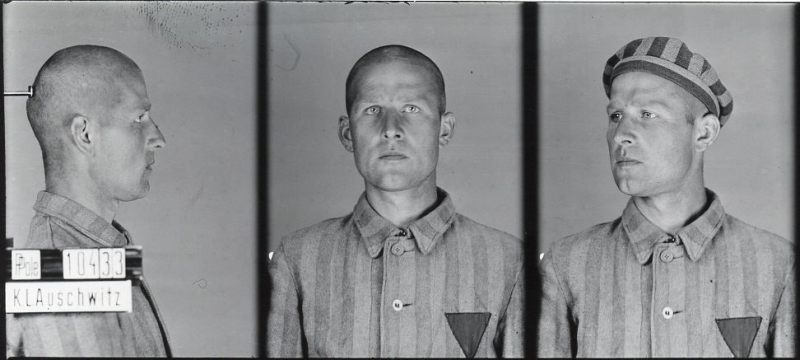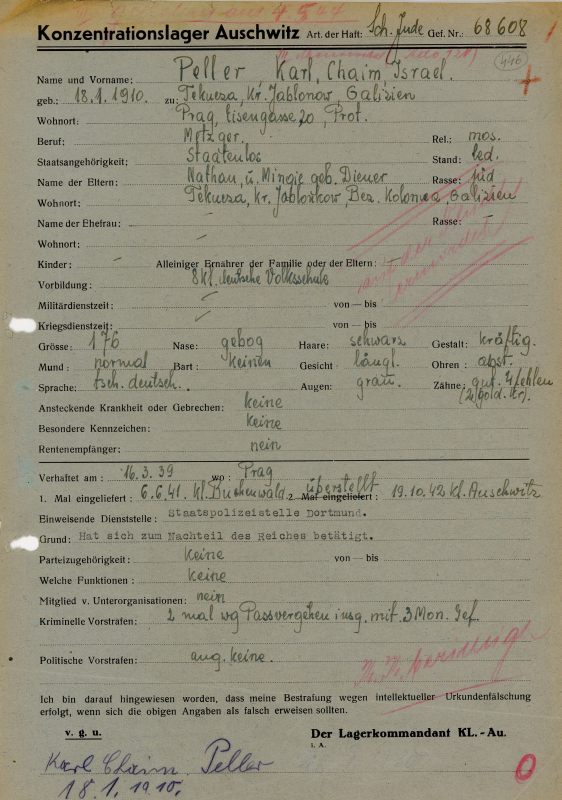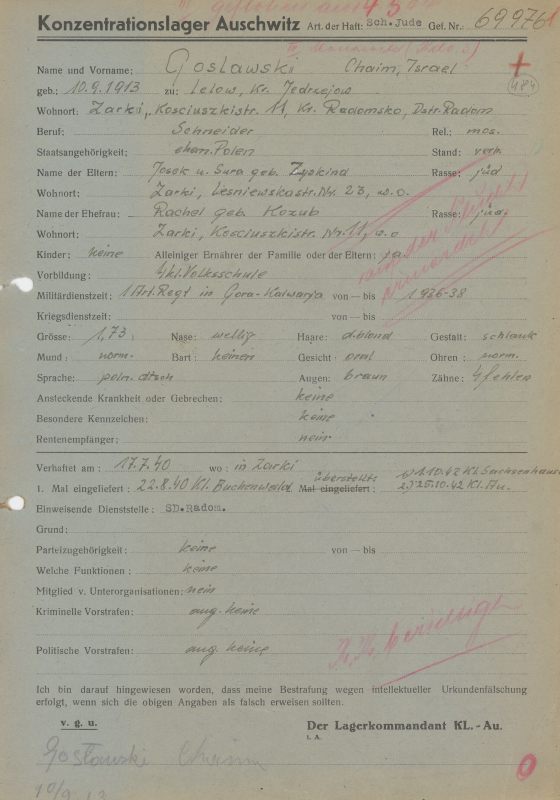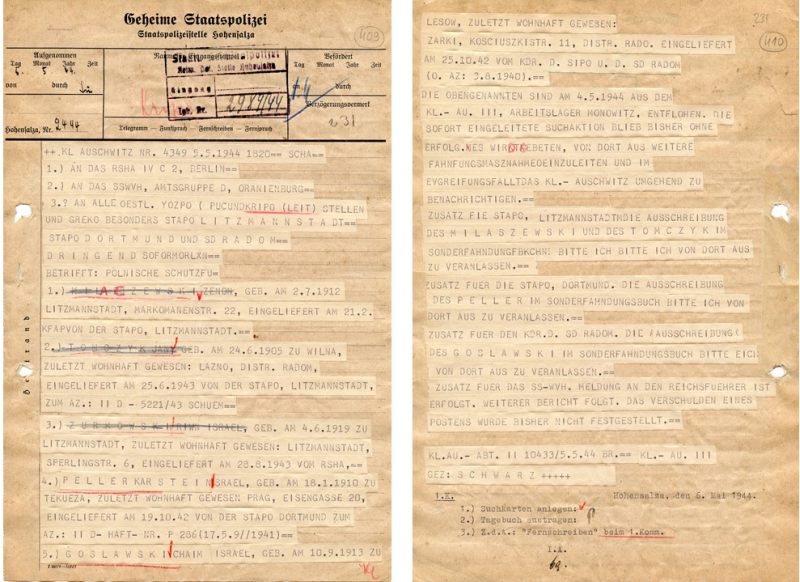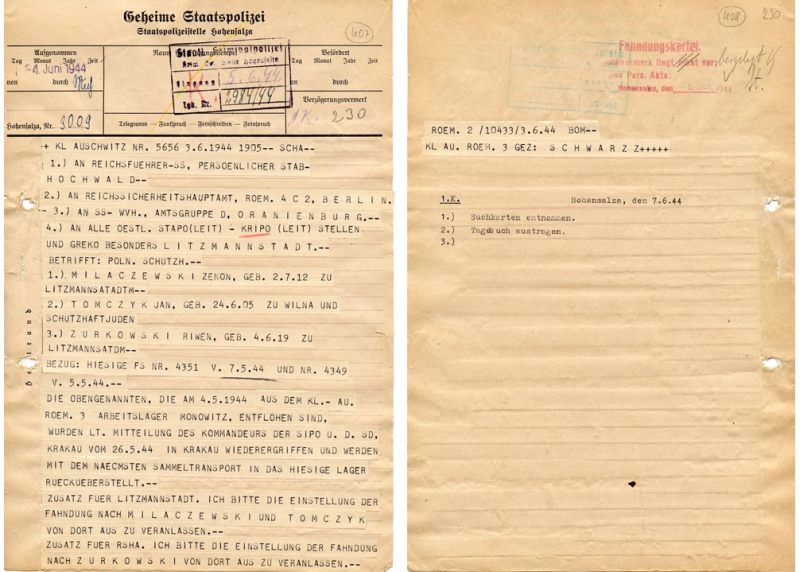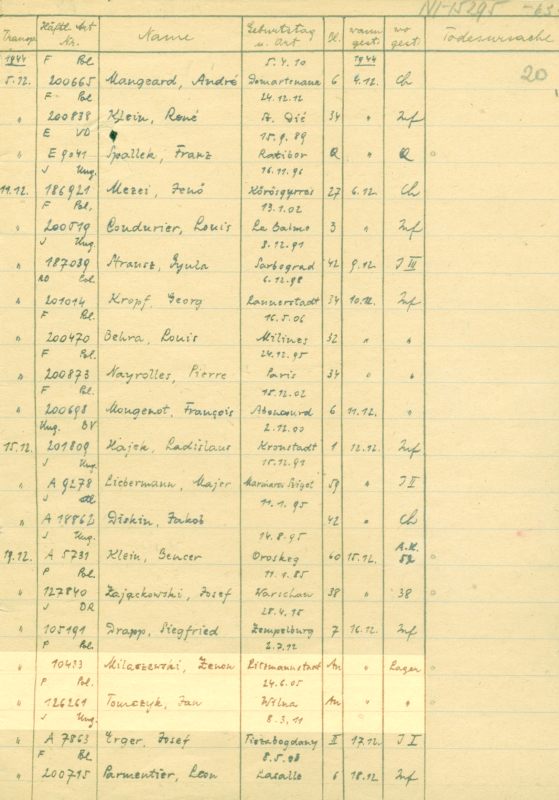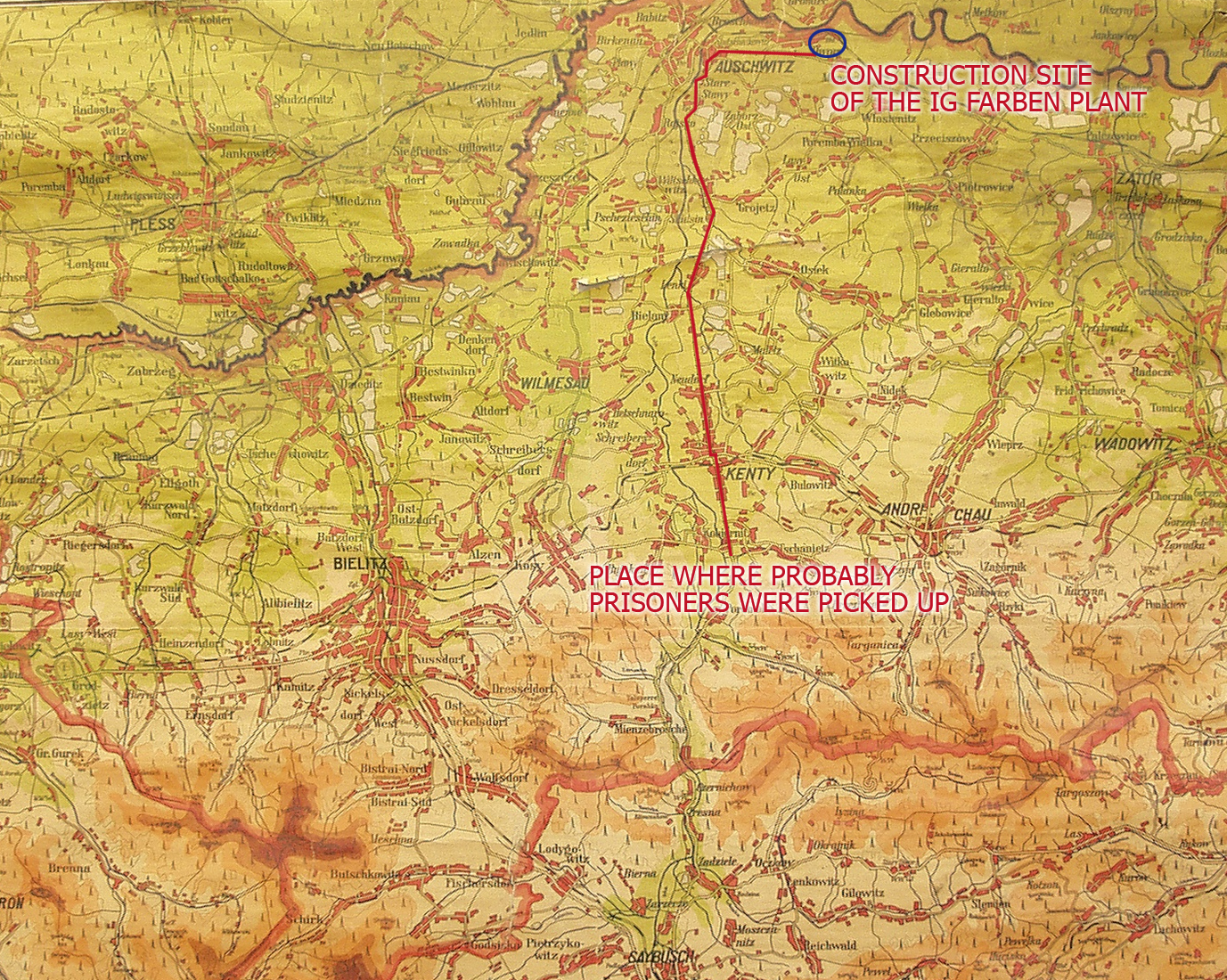We began specific preparations together with Zalewski, initially it was in particular the reconstruction of the “Man” lorry he drove. A heavy 10-ton vehicle was powered with wood gas (Holzgas). Wood storage compartment was located next to the driver’s cabin, it was sort of a quite spacious chest. The bottom of the container was removed, and an additional bottom chest was assembled from wooden boards. Precisely adjusted piece of plywood served as a movable bottom, as it could be easily attached with special bars. The second compartment was located on the side of the chest. This chest was intended for the storage of different kinds of tools. In order to remove the traces of modifications, the color of the entire vehicle was changed.
… Having finished all the preparations, we were only waiting for Zalewski to receive the order to leave in the direction of Bielsko, which took place on 4 May 1944. At noon five escapees met in the barracks … and closed inside, quickly took off their camp uniforms, hid them in the compartment under the floor and put on civilian clothes prepared previously.
… I would like to emphasize that other prisoners were not in this barracks at the time. Leaving the barracks, they locked the door with a key. …
Next to the boiler room a broken locomotive was standing on railroad tracks, and right next to it there was a lorry in which the prisoners were supposed to hide. Escapees in disguise came up to the car and, pretending to be loading empty chests‒were disappearing one after the other in the compartments described before. Three prisoners hid in the chest for firewood and two of them in the tool chest, which was in the middle of the platform from its bottom side. At that time, I was standing at the crossroads and keeping watch of the area around. When all the conspirators took their positions, the driver came up to the car and together we made final adjustments and masked the hideouts. The bottom of the wood container was attached, and we filled the remaining part of the chest with wooden leftouts, adding old tire tubes etc. on top. We covered the hatch of the toolbox with fine sand and ash in order to create the impression that it had not been opened for a very long time. Then I stepped on the car platform which, as I mentioned, was loaded with empty chests and the motor set off.
… Passing through the gate leading towards the plant, the vehicle was quite thoroughly searched but only because the guards were changed and, seeing their supervisor, wanted to perform their duties as conscientiously as possible. The search did not bring any results and we were let outside. …
We hit the road heading towards Bielsko. When we passed Kęty, I looked back and to my horror, I saw a police car speeding behind us at some distance. I told Zalewski about it and he started driving with maximum speed. We both thought that the escape had been discovered and they were chasing us. But the police car was going faster and the distance between us began to decrease, until finally… we were overtaken, and the police car disappeared, the policemen did not intend to stop us.

